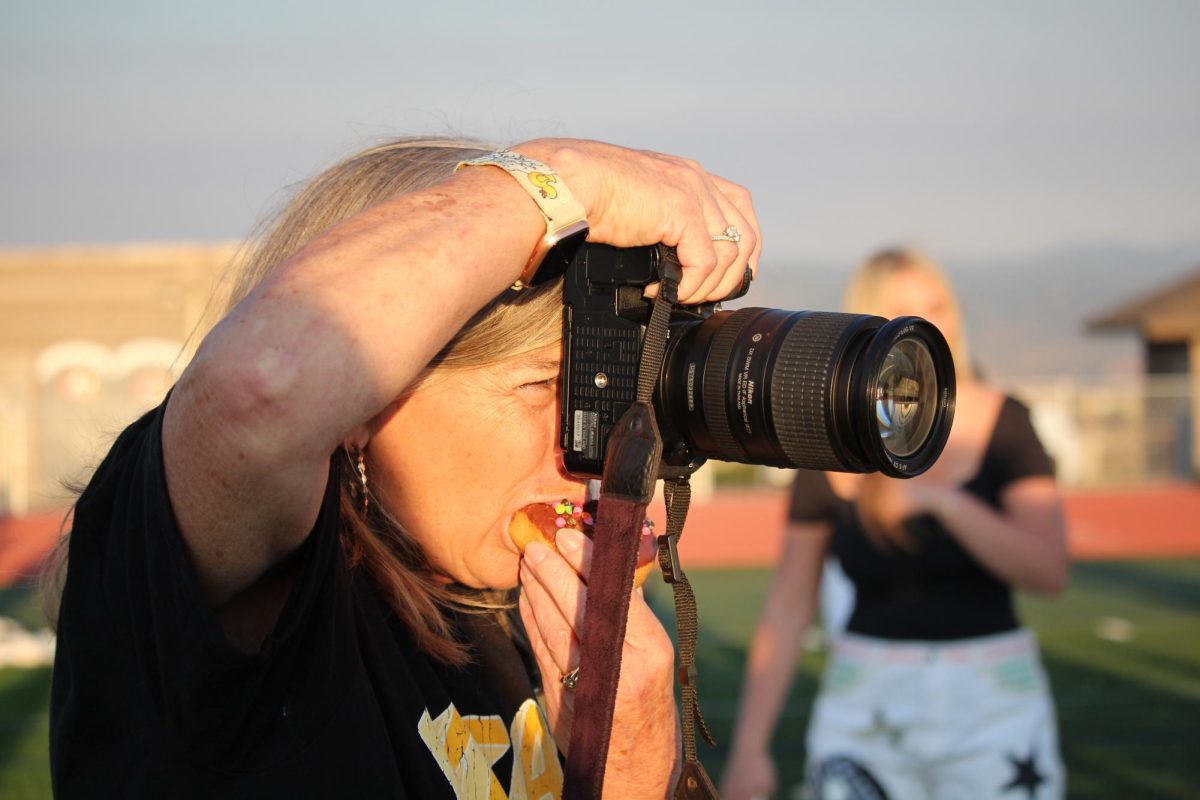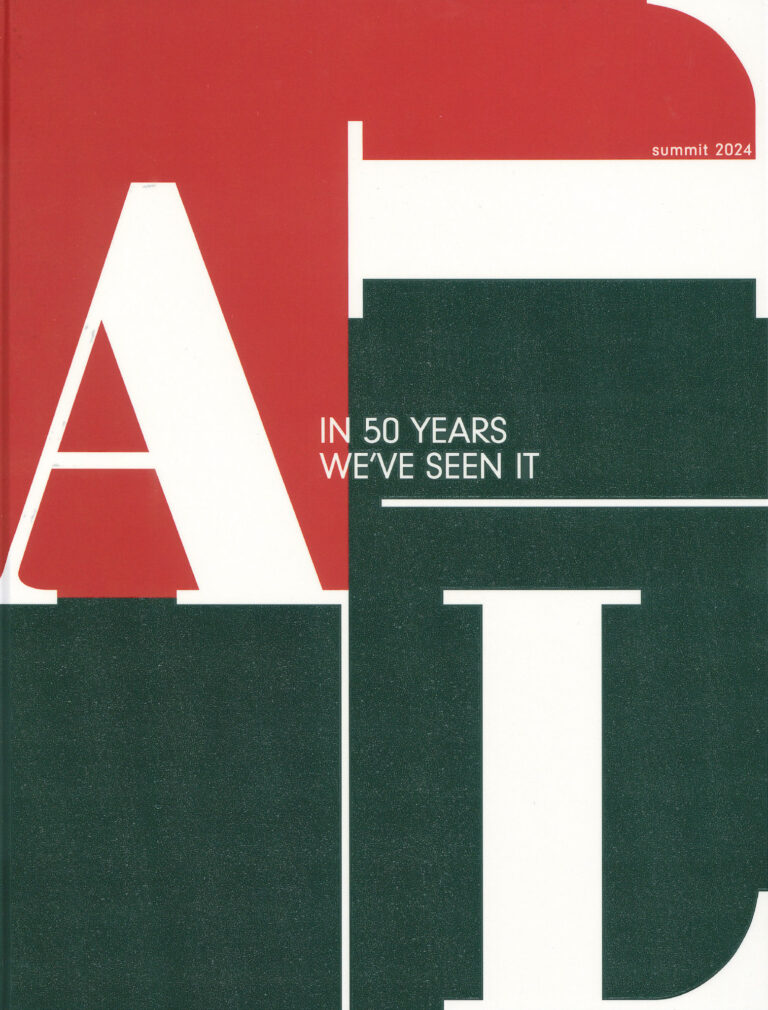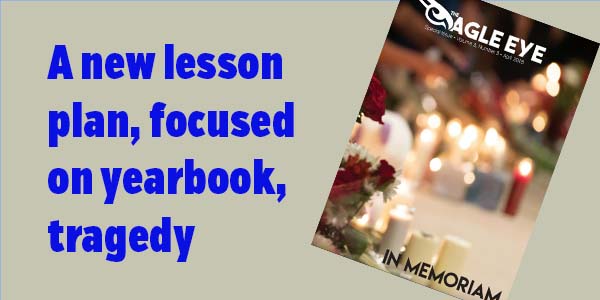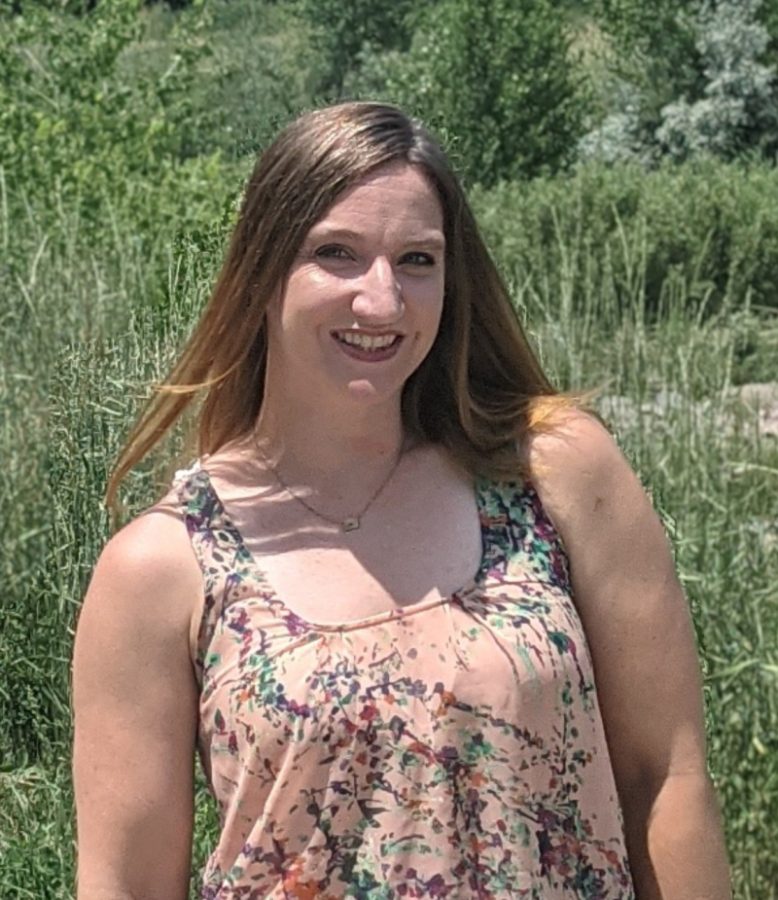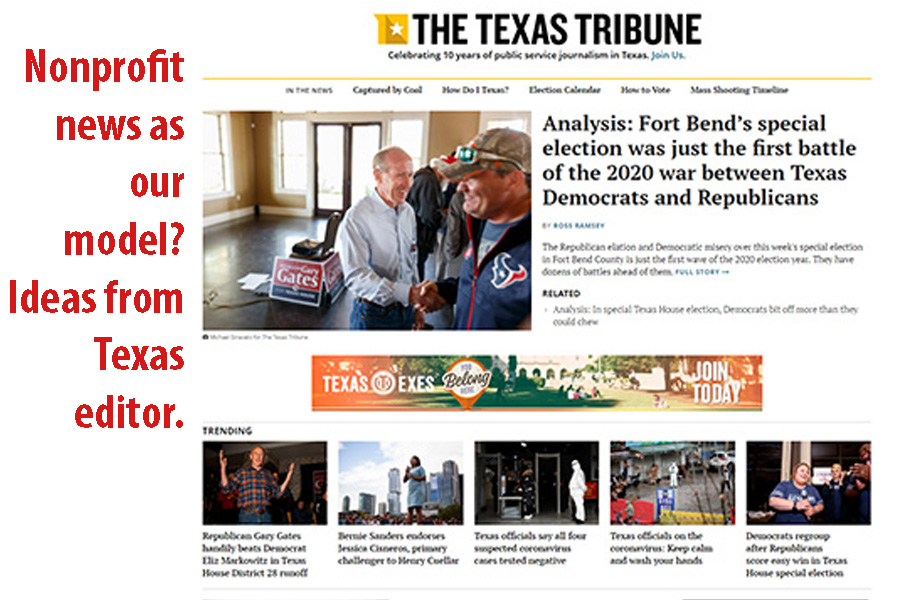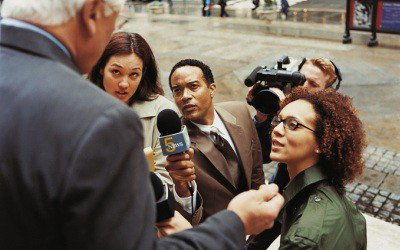It’s hard to believe, but it’s been about a year since the pandemic interrupted the world as we knew it. What is life like now? What are we doing to move into the future?
Join CSMA in commemorating this moment in time.
- On March 13, use #oneyearlater to share your perspective of what life is like today.
- Then, join us for a month of #marchingforward. We want to recognize where you and your students are, whether you’re just beginning healing or starting to find strength in hope.
Here’s a sample assignment from Jess Hunziker of Castle View HS (also current CSMA President):
PROMPT: There’s no doubt that the last year has been challenging for us all. But, somehow, we’ve forged ahead, and here at The View, we’ve managed to continue to create content for our students despite the crazy challenges we’ve faced. As student journalists, you’re charged with telling stories about our students, but you almost never get the chance to tell your own story. Now, it’s your turn.
As we HEAL from a tough year and HOPE for the future, you will capture your own reflection on what you’ve learned, how you’ve grown, and what’s next for you. If you were involved in student media last year, do your best to focus on your experiences as a student journalist. For those of you who didn’t do student media, you can broaden this for your schooling in general.
GUIDING QUESTIONS:
What challenges have you faced over the last year? (Be specific!)
How did you overcome those challenges? Tell the story visually, verbally, or using both.
As you look forward, what makes you hopeful?
FORMAT: This reflection can be in the form of a narrative, a series of quotes and how they connect to you, a short video reflection or even a drawing or sketch.
PROFESSIONAL MODEL: Check out this article from The New York Times for models of a potential reflection and the content that you might include.
Remember, the primary goal is for you to share your OWN story as we take the time to heal from a tough year and hope for the future.
Here are some more resources from Tina Barber, CSMA Education Coordinator:
Here are a few strategies to create “Hope and Healing” in your newsroom this spring. I work primarily with high school students, but all of the strategies below can be modified to use with any age group:
- “Both/And” statements
This strategy allows us to embrace the paradoxes we’re living in without having to succumb to toxic positivity. It works by creating statements that include BOTH something you’re grateful for AND a challenge you’re facing.
Basically, you follow this equation to create the statement:
- I am BOTH thankful that the snow brought moisture AND tired of shoveling.
- I am BOTH grateful to get to see my students in person AND frustrated with having to wear a mask all day.
- I am BOTH happy to see signs of returning to normal AND not wanting to get used to yet another schedule this year.
This strategy works well as a whip-around with students or as a quick write to begin class. Look to resources like the Greater Good Science Center out of UC Berkely or Brene Brown’s Unlocking Us podcast to see this strategy modeled.
- Internal Weather
This popular SEL strategy offers a fairly risk-free way for students to communicate how their feeling. Much like viewing a weather forecast on your local news station, class members share their internal weather. You can choose to just have students share the weather or explain their choice.
I prefer to have students complete it as a check-in assignment using a Google Form. In the form, I give students the ability to select from a preset menu of “weather types,” but they also have the ability to submit their own weather. By using a form, like this one, I’m able to get a quick sense of the room and to identify students with who I need to follow up with one-on-one. I also make a point of sharing my internal weather with the students…sometimes as part of the form or as part of the class debrief.
- Mood Meter
The Mood Meter stems from Marc Brackett’s work at the Yale Center for Emotional Intelligence, which features the RULER method and was recently published in Brackett’s 2019 book “Permission to Feel: Unlocking the Power of Emotions to Help Our Kids, Ourselves, and Our Society Thrive.” Learn more about Brackett and his work by clicking here.
RULER, as stated on the website, “is an acronym for the five skills of emotional intelligence: Recognizing emotions in oneself and others; Understanding the causes and consequences of emotions; Labeling emotions with a nuanced vocabulary; Expressing emotions in accordance with cultural norms and social context; Regulating emotions with helpful strategies.”
Essential to RULER is developing a vocabulary for emotions, which Bracket and his team share in a powerful visual, which can be found here. While the classroom implications are endless, simply adding emotional vocabulary to your interactions with students or colleagues can help move the conversation past just “okay” or “not okay.” The MoodMeter App is a great place to start for your own well-being as a teacher.
- Rose-Bud-Thorn
Finally, this additional popular SEL strategy pairs well with spring themes. In Rose-Bud-Thorn, students employ all parts of the rose as a metaphor. Step-by-step instructions for this strategy along with a printable PDF are available from Mindful Schools. While the strategy can be used as a formative assessment at the end of a lesson, it can also be used as a well-being check-in.
Students reflect on all three elements: rose, bud, and thorn.
- The rose represents a success or celebration.
- The thorn equals a challenge or an area in which the student needs more support.
- The bud represents possibility, perhaps something the student is looking forward to.
Upon our return from spring break, my students and I will participate in rose-bud-torn as an extended reflection activity. I have a simple illustration of a rose that includes all of these elements that students will have the opportunity to label and to enhance with color or other elements they choose to add.
Our return from spring break will also mark the transition from hybrid learning to full in-person learning, and I want to give students a chance to celebrate what they’ve accomplished in the past year despite so many obstacles while also voicing their concerns. My hope is that by creating this opportunity, we will be able to set reasonable and meaningful goals for our final quarter of the year.
If you have something to share, please send it to Elise so she can pass it on!



